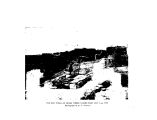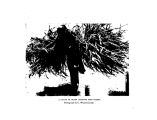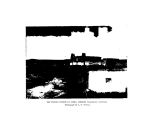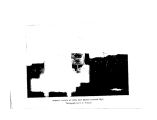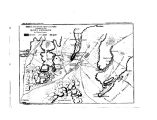| OCR Text |
Show i EN CUYA RELACION ? 511 delier, in the work already cited, where the author writes as follows, pp. 98- 100: " Still more attention is due to the testimony of Father Francisco Garces, of the College of the Propaganda Fide of Quere-taro, who in the years 1775 and 1776 performed the remarkable journey from Southern Arizona to the Moquis alone. In this report he states: "' This river is doubtless the one of which, in the year 1538, they gave information to the R. F. [ sic] Fray Juan de la Asuncion, when he came into the country by the way of Sinaloa, by order of the R. F. [ sic] Nisa, in whose report it is said that, having travelled six hundred leagues to the northwest of Mexico, he reached a river so large that it impeded his passage; and he adds, that the Indians of this river told him that ten days' journey to the north there was another, settled by many people, the numbers of whom they indicated by handfuls of sand, that they had houses of three stories, that their villages were walled in, and the people clothed and shod with buckskin and cotton mantles.'" Bandelier, in the above paragraph, translates not from my MS., but from the published version of Garces. As the matter is intrinsically interesting, I will transcribe the Spanish text of the pub. Doc. pp. 364- 65, for comparison of the two texts. It will be observed that the following is to the identical purport of my own MS., yet differs much in the wording: " Tambien este rio es sin duda del que en el alio de 1538* le dieron noticia al R. P. Fr. Juan de Asuncion quando entr6 por Sinaloa, por mandado del R. P. Nisa, en cuya relacion se dice: * Que caminadas 600 leguas al nonieste de Mexico, lleg6 a un rio tan grande que le impidi6 el paso, y aiiade, que los indios de este rio le dijeron que diez jornadas al norte habia otro mayor poblado de mucho gentio, cuya multitud esplicaban con punos de arena; que tenian casas de tres altos, que sus pueblos estaban amurallados y que andaban vestidos y calzados de |































































